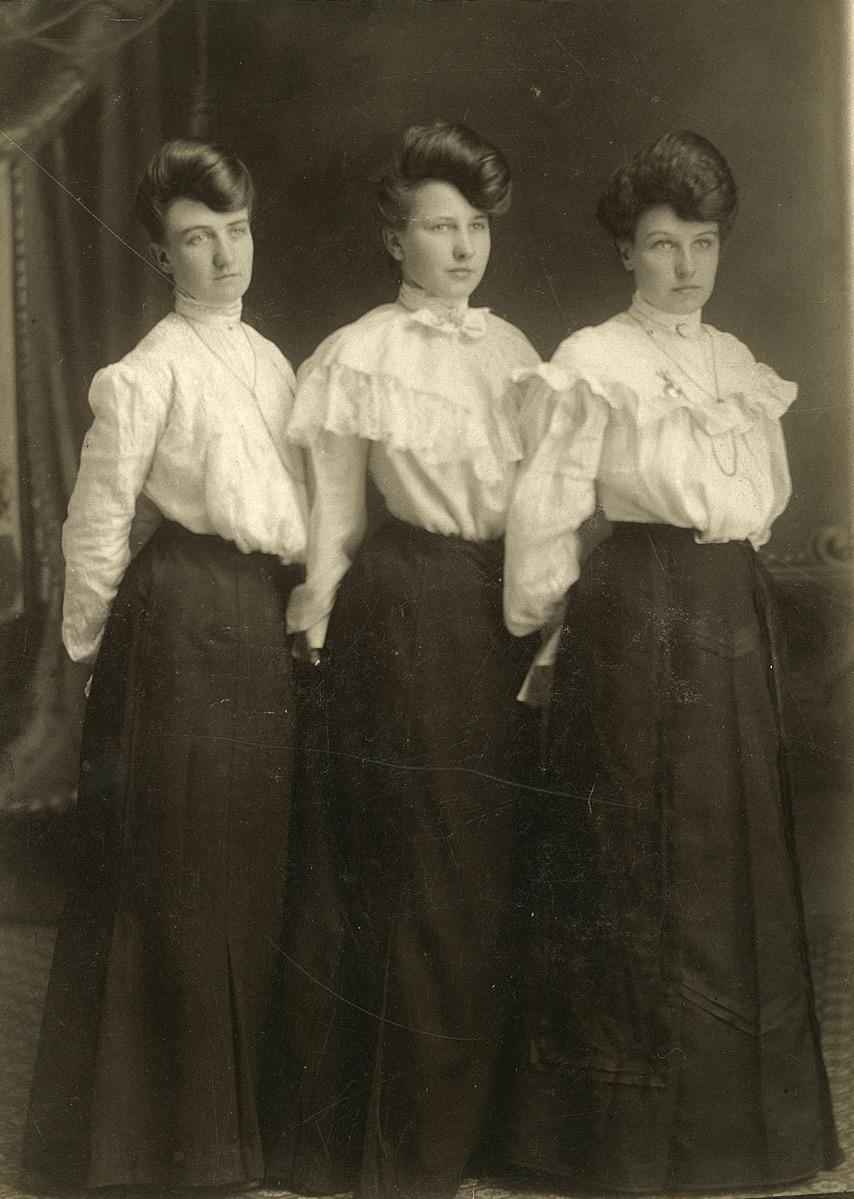A Brief History of Clothing

Clothing can be worn in a number of different ways in the different cultures around the world. In the United States for example, most people think of casual clothing as jeans and T-shirts, with patterns such as plaid and other washed out patterns common in informal clothing. The traditional dress code for most countries is still quite formal and can involve elaborate attire including long pants and coats, but in more modern times this is less the case. Modern clothing styles have included skirts of various lengths and cuffed sleeves with buttons, making casual clothing much easier to wear. The clothes that people tend to wear the way they did twenty years ago is often referred to as nostalgia clothing.
A brief look through history shows us that clothing was designed for several purposes, including warmth, protection, decoration and comfort. Clothing has been used to show status, rank and wealth for centuries, with particular designs meant to accentuate these traits. Through the ages and into the present day, clothing is still used for these reasons. One can cite many examples in the forms of mittens, sweaters, slippers, cloaks, shoes, hats, scarves and gloves.
As far back as anyone can remember, clothing has been worn for warmth, protection and decoration. Fleece and padded garments were very popular in those times and were worn to keep the body warm during cold weather. During summertime, things such as undershirts, summer dresses and bathing suits were worn to keep the body cool and dry. Ancient societies have recorded the names of specific clothing items and the type of fabric that were worn for each piece.
During the Middle Ages, women would wear a variety of cloths depending on their status. The cloth that had been dyed to show off a person's ranking or cloth that had been specially tailored for them to fit perfectly. During the Renaissance, clothing tended to be made of fine cloth that was either woven or knitted. Common items would include gowns, shirts and other clothing. The clothing of this period was quite colorful and extravagant in nature.
During Victorian times, clothing became much more relaxed and comfortable and the types of garments that were worn drastically decreased. Pleated clothing was the style that most people wore during this time period. Silk and satin were also used extensively and were considering very luxurious. Silk was regarded as the queen of clothing material up until the First World War. Women during this time period would cut their own clothing out of special cloth to fit it perfectly and often made sure that the clothing was not wrinkled before wearing it.
Since the early twentieth century clothing has become much more mass produced. Clothes are designed to fit tightly and then hung to dry. The chemicals in the clothes react with each other and create a chemical reaction that changes the properties of the cloth. This type of clothing generally does not wrinkle as much because they are made to be tightly fitted and durable.
A major trend in recent years has been the re-wear of clothing. Many people wear their clothing so many times that they take it off when they sit down. This is referred to as the 'banana hammock effect'. Clothing manufacturers and consumers are both benefiting from this new fad. Many women are now buying clothing not just to wear but to wear as if it was a costume.